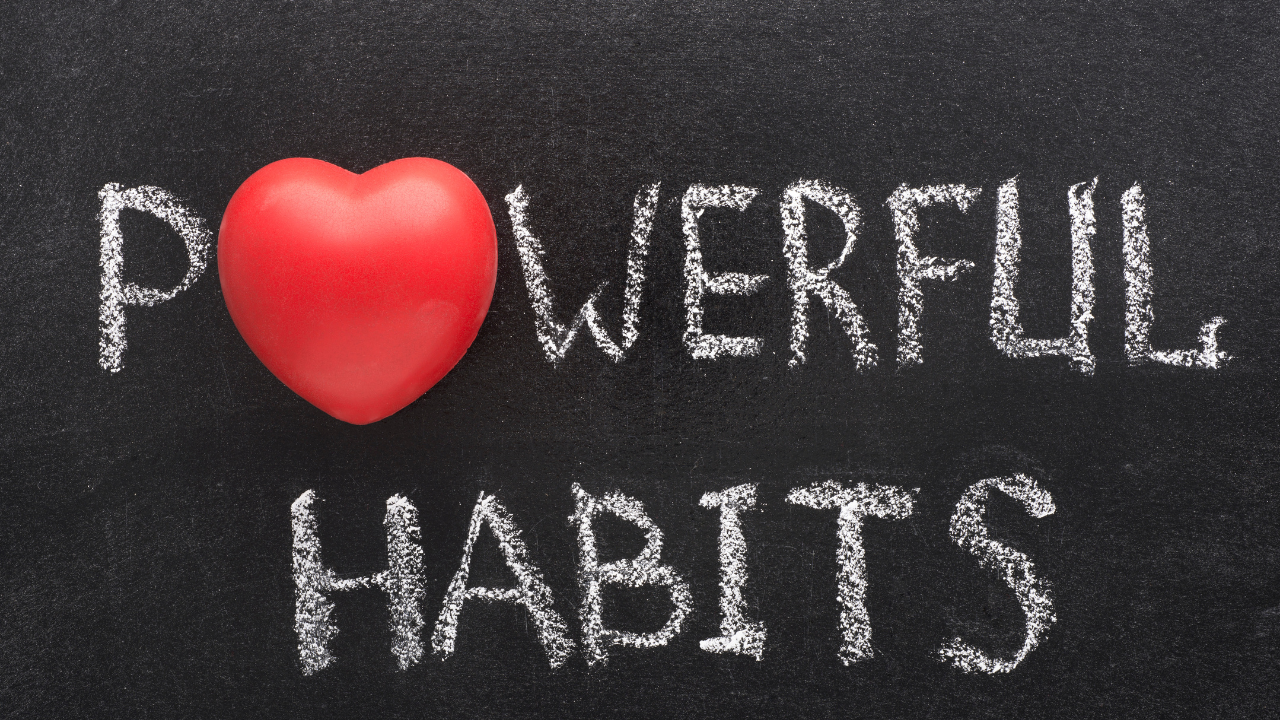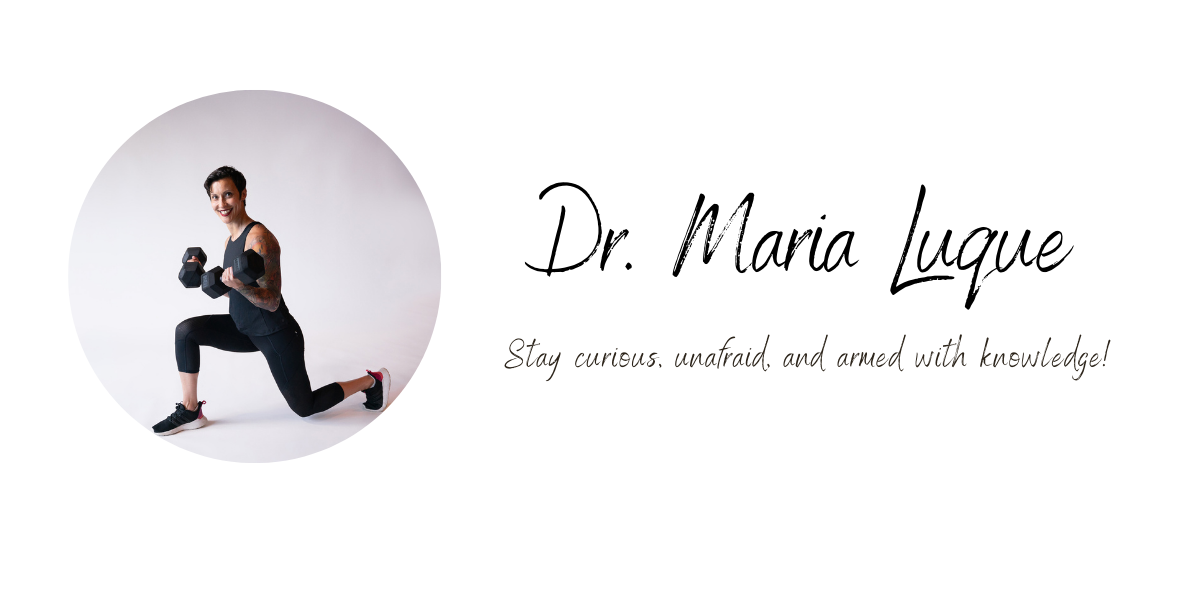Power of Habits
Mar 21, 2020
Have you ever heard that it takes 21 days to form a new habit? Somehow this number became the go-to when talking about habit-changing and habit-formation. So where did this number come from? It’s from a book published in 1960 by Dr. Maxwell Maltz. In it, he states that it took amputees about 21 days to get used to the loss of their limb. Therefore, people, in general, can take about 21 days to adjust to something new. Getting used to an amputated leg is definitely not the same as trying to eat more vegetables. So don’t feel bad if that number doesn’t work for you.
Then in 2010 a new study came out and everyone jumped on the “it takes 66 days” but what the study really said was that the average time was “66 days, but the range was from 18 to 254 days”. It also said, “Our study has shown that it is likely to take much longer than this for a repeated behavior to reach its maximum level of automaticity.” The reality is that habit formation depends on many variables such as the complexity of the desired change and the individual themselves. Some people respond to change much easier than others. So the moral of the story is: don’t beat yourself up if things don’t change quickly. Persistence is key.
How to form healthy habits
A lot of your day-to-day behavior is composed of habits. You don’t have to think about it, you just do it. Do you consciously think about brushing your teeth? Probably not. You just do it because it’s part of your daily routine. So, how do you form a new habit so it’s as ingrained into your routine as brushing your teeth? Here are a few tips:
- Attach something you want to change to an established behavior.
- Example:
- Every day after I brush my teeth, I go on a 10 min walk
- After work, I drive directly to the gym to workout
- I will do 10 squats every time I get up from my office chair
- Eventually, the new habit will be so ingrained that you no longer “need” the other one as a queue. It will feel weird not to do it.
- Adding a visual or auditory cue can help
- Example:
- Setting a reminder on your phone
- Taking your exercise clothes with you to work and leaving them on the front seat so when you sit down to drive home, it reminds you to go workout first
- Listening to an exciting audiobook/podcast on your walks. You’ll look forward to the walk just to listen to the book/podcast.



